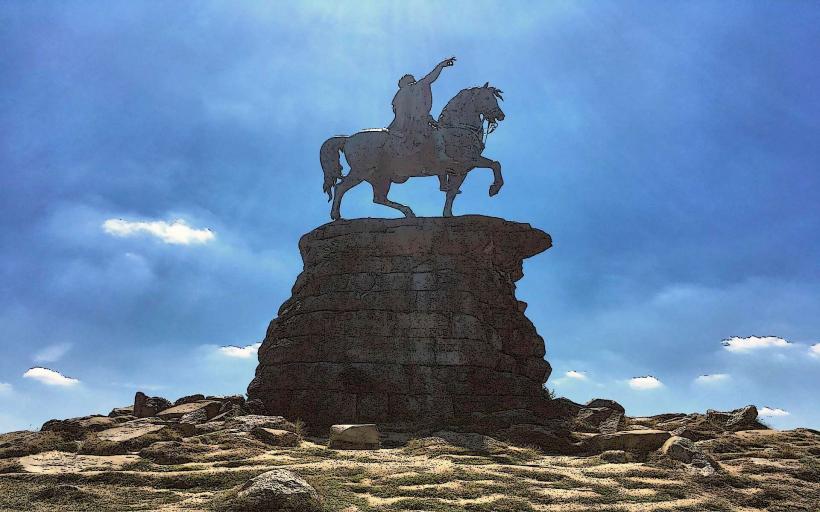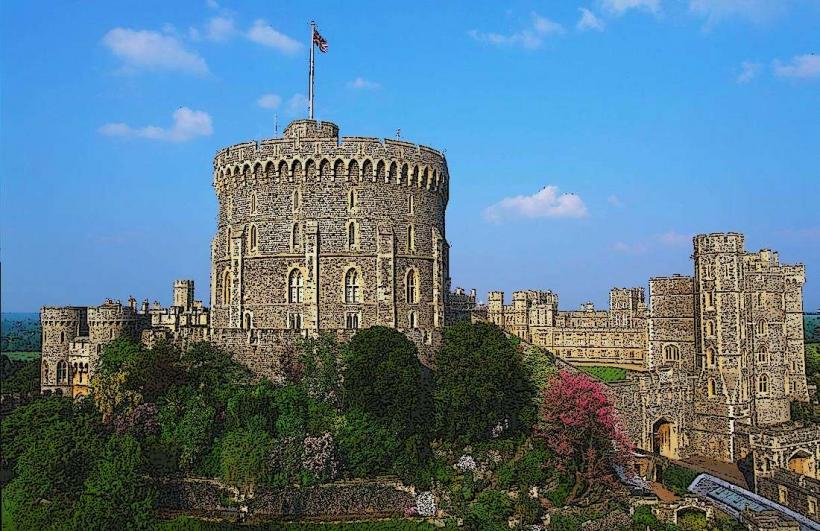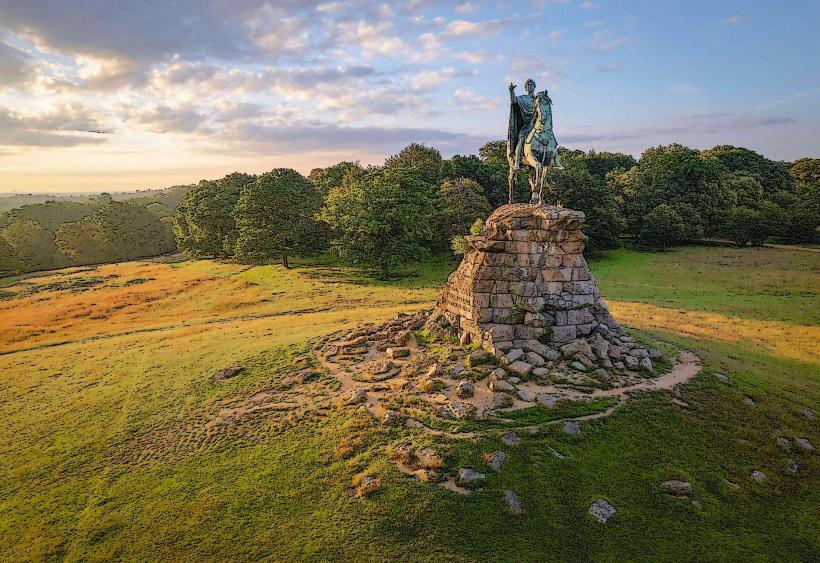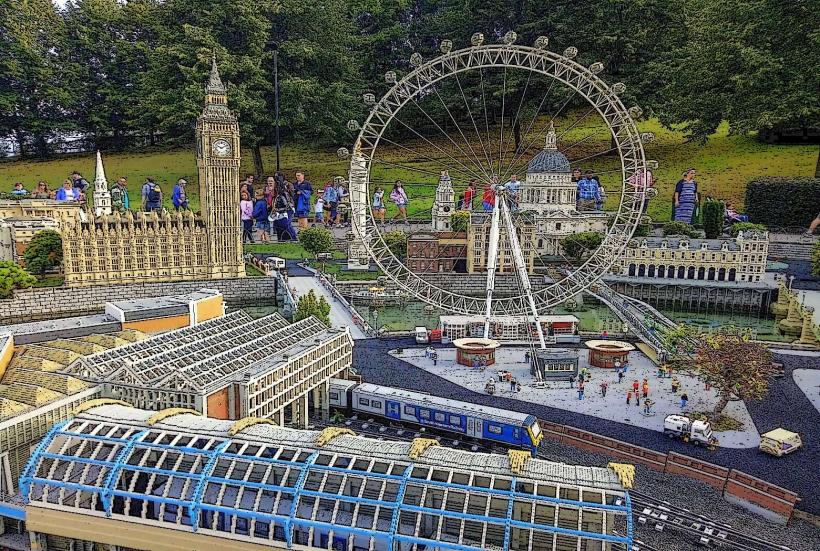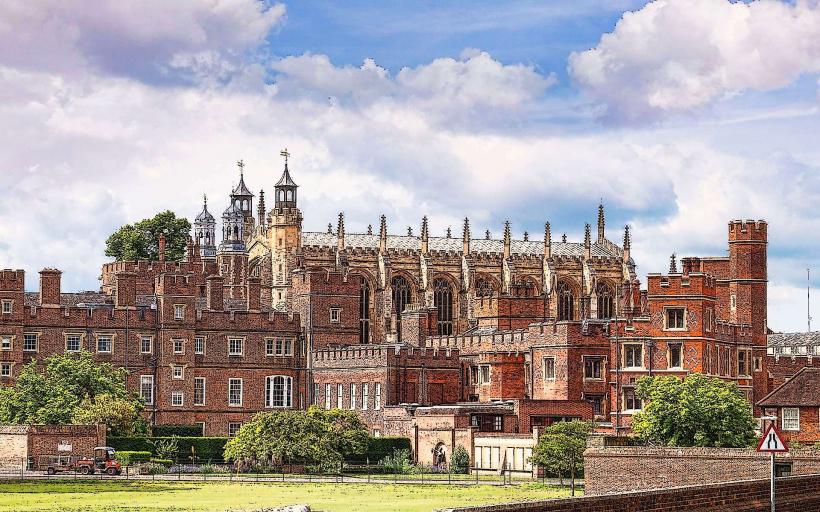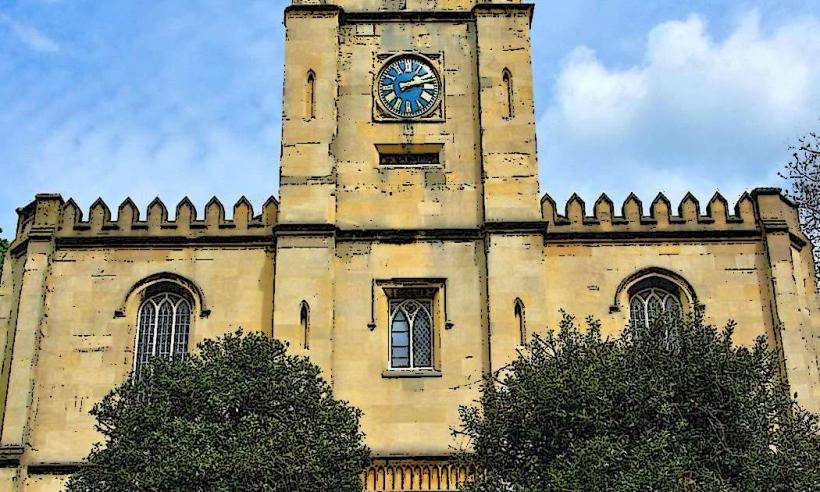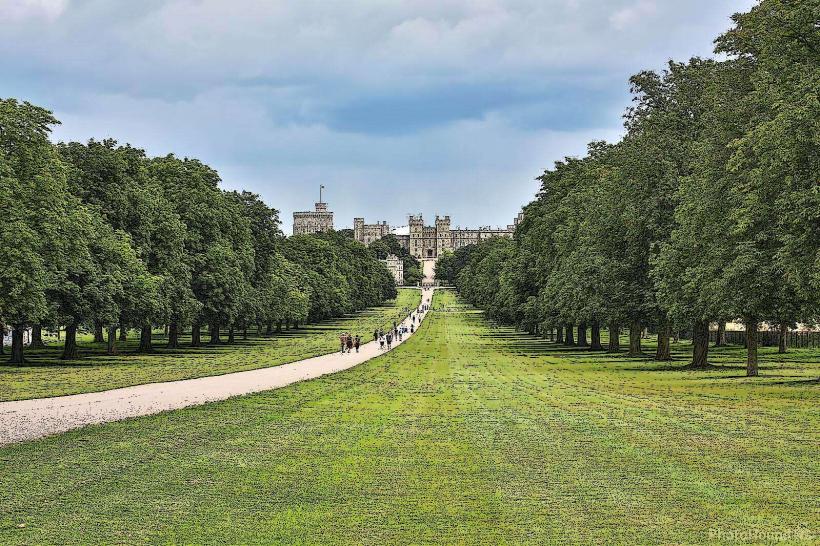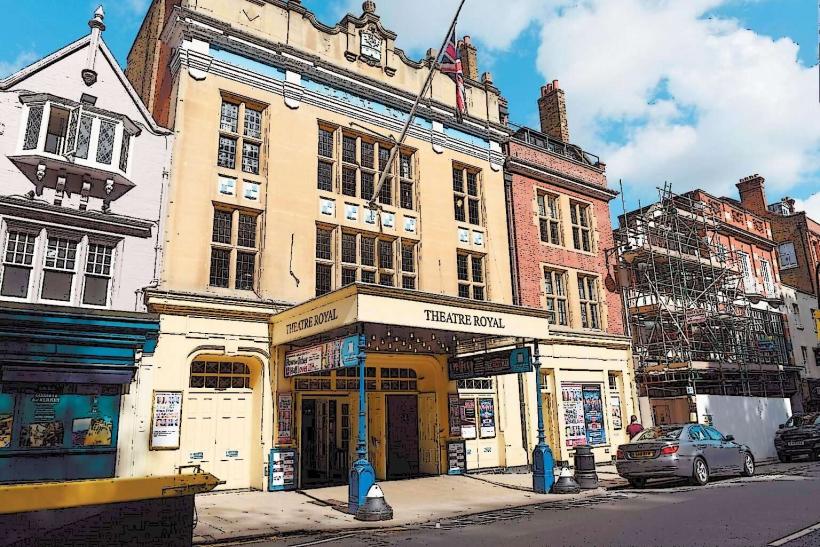Information
Landmark: Saint Georges ChapelCity: Windsor
Country: United Kingdom
Continent: Europe
St. George’s Chapel is one of the most iconic and historically significant buildings within Windsor Castle. Located in the Lower Ward of the castle, it is not only a place of worship but also a key site for royal ceremonies, events, and burials. The chapel is a masterpiece of Gothic architecture and holds deep religious, cultural, and royal significance.
Here’s a detailed look at St. George’s Chapel:
Historical Background
- Foundation and Early History: St. George’s Chapel was founded in 1348 by King Edward III, who established it as the chapel for the Order of the Garter, the oldest and most senior order of chivalry in Britain. Its construction began during his reign and continued over several decades. The chapel was completed in the late 15th century under the reign of King Henry VII.
- The Order of the Garter: The chapel is the spiritual home of the Order of the Garter, which was founded by Edward III in 1348. This order is dedicated to St. George, the patron saint of England, and members include the monarch, senior members of the royal family, and other notable individuals. The chapel serves as the venue for the annual service of the Order, a major royal event.
- Royal Burials: Over the centuries, St. George’s Chapel has become the burial place of numerous members of the British royal family. The chapel holds the tombs of many kings, queens, and princes, and it is regarded as a sacred and revered site.
Architecture
St. George’s Chapel is considered one of the finest examples of Gothic architecture in England. Its design reflects the architectural style of the late medieval period, with stunning flying buttresses, large stained-glass windows, and intricate stone carvings.
The Nave and Choir: The chapel's interior is divided into the nave (the main body of the chapel) and the choir (where the altar is located). The choir is notable for its stunning woodwork, including intricately carved stalls, which are used during royal ceremonies. The ornate stonework of the nave and the highly detailed ceiling design reflect the skill of the craftsmen who worked on the chapel.
Stained Glass Windows: The chapel features many beautiful stained-glass windows, including some that date back to the 15th century. These windows depict scenes from the Bible and the lives of saints, as well as various heraldic symbols representing the Order of the Garter.
The Henry VIII Chantry: One of the most significant features of St. George’s Chapel is the Henry VIII Chantry, a mausoleum built for King Henry VIII and his third wife, Jane Seymour. The tomb is an example of the grandness and intricacy of Tudor-era design, with a simple but powerful monument that reflects the monarch's importance.
The Quire Stalls: The quire stalls in the choir are intricately carved wooden seats used for the clergy. These seats are highly ornate and date back to the early 16th century, reflecting the wealth and influence of the Tudor period.
The Tower: The chapel’s bell tower is a distinct feature of the chapel, which stands out with its soaring spire. The tower is home to several bells, which are used for services and important events.
Royal Significance
- Coronations and Weddings: While not a site of coronation, St. George’s Chapel has been the location for many important royal ceremonies. Notably, it was the venue for the wedding of Prince Harry and Meghan Markle in 2018, a major royal event watched by millions around the world. It has also hosted the weddings of other royal family members, including the marriage of Prince Edward and Sophie Rhys-Jones in 1999.
- Royal Funerals and Burials: St. George’s Chapel is the final resting place for several monarchs and prominent members of the royal family, including:
- Henry VIII (1491–1547) and his third wife, Jane Seymour, who is buried beside him.
- Charles I, executed in 1649, whose tomb is in the chapel’s Henry VIII Chantry.
- Queen Elizabeth The Queen Mother, who passed away in 2002, is buried alongside her husband, King George VI.
- Prince Philip, Duke of Edinburgh, was also laid to rest in St. George’s Chapel following his death in 2021.
- Princess Margaret, the younger sister of Queen Elizabeth II, was interred here in 2002.
- Queen Elizabeth II, who passed away in 2022, was buried in the chapel alongside her husband, Prince Philip, marking the final chapter of the royal family's long history with St. George's Chapel.
Notable Features
The Garter Stall Plates: One of the unique features of St. George’s Chapel is the collection of Garter Stall Plates. These are bronze plaques that hang on the chapel’s walls, each commemorating a member of the Order of the Garter. The plates are inscribed with the names and coats of arms of each member, and they provide a visual history of the Order from its founding to the present day.
The Organ: The chapel houses an impressive organ, used during services and royal events. The organ’s music fills the chapel during significant occasions, adding to the atmosphere of grandeur.
The Lectern: The lectern in the chapel, which holds the Bible during services, is another notable feature. It is shaped like an eagle, symbolizing the spread of the Christian gospel, and is a prominent focal point during ceremonies.
The Royal Vault: Beneath the chapel lies the Royal Vault, a burial chamber for members of the royal family. The vault is not typically open to the public, but it is a key part of the chapel’s history, serving as the final resting place for several monarchs and their consorts.
Role in Modern Times
- Regular Worship: St. George’s Chapel continues to serve as a place of worship for the royal family and the public. Daily services are held in the chapel, and it remains an important site for the spiritual life of the royal family. It is also open to the public, with visitors able to explore the chapel’s historic architecture and royal connections.
- Ceremonial Events: In addition to weddings and funerals, the chapel hosts other important events, such as the annual Garter Day Service. This event honors the members of the Order of the Garter, who are officially inducted in a ceremony at St. George’s Chapel.
Conclusion
St. George’s Chapel is much more than a place of worship—it is a living, breathing monument to British history and the monarchy. Its architectural beauty, royal significance, and role in the spiritual life of the royal family make it one of the most revered and important buildings in the United Kingdom. As both a place of celebration and mourning, St. George’s Chapel continues to hold a special place in the hearts of the British people and visitors from around the world.

